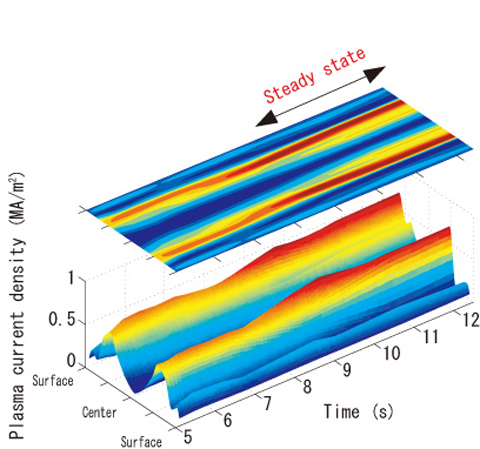Fig.3-4 The flow of the electric power in an energy-saving operation with bootstrap current fraction of 75%
Fig.3-5 Progress in sustaining high bootstrap current fraction

Fig.3-6 Changes in current density profile
For reduction in the cost of electricity (COE) produced by fusion power plants, the electric power for operation (station service power) must be reduced, while at the same time raising the plasma pressure to increase the fusion power. In tokamak devices, a plasma current is necessary to confine the plasma. In present-day long pulse operation of tokamaks, most of the plasma current is driven by injection of radio-frequency (RF) waves and/or neutral beams, which requires a large amount of electric power and thus increases the station service power. Therefore, to reduce the station service power, development of the high-efficiency operation mode, in which a large fraction of the plasma current is driven by a self-generated bootstrap current, had been desired (Fig.3-4). We were the first in the world to start development of this high-efficiency operation, after recognizing its importance. In our studies, however, sustained duration was hampered by plasma instability, which was not controlled, and plasma conditions (pressure profile and current profile) did not reach stationary conditions. A strong linkage between pressure profile and current profile characterizes the plasmas with large bootstrap current fraction. Therefore, extending the plasma duration is an key issue, and it is important to ensure that the plasma with a large bootstrap current fraction stabilizes within a certain time.
We successfully avoided the plasma instability by the control of the pressure profile by changing the plasma flow with the "JT-60" neutral beam injection system which has a variety of injection directions. As a result, we maintained a high- temperature plasma with a bootstrap current fraction of 75% for 7.4 s (Fig.3-5), confirming that the current profile and the pressure profile reached nearly stationary conditions, (Fig.3-6), i.e. a steady state, for the first time in the world. This result demonstrates the technical feasibility of the high-efficiency operation mode and opens up prospects for reducing the COE of fusion power plants. Thus, the high-efficiency steady-state operation of burning plasma with a bootstrap current fraction of 50% which is desired for "ITER" is feasible.
<Previous: 3 Nuclear Fusion Research and Development | Next: 3-3 >